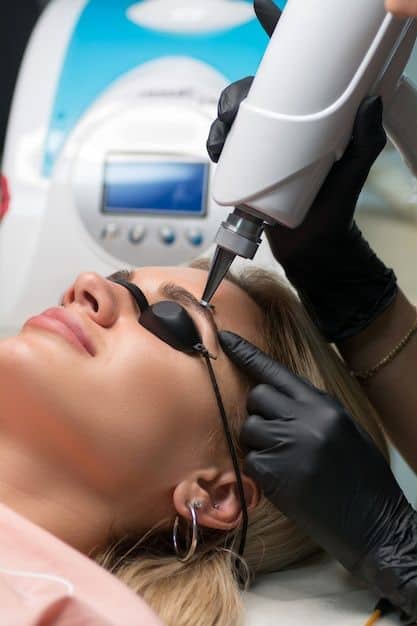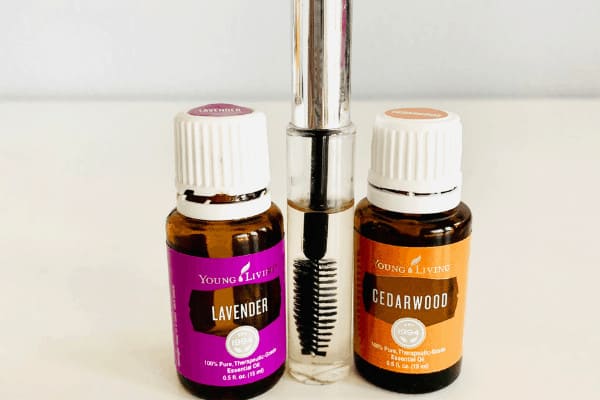Laser treatments offer non-invasive methods for addressing various skin concerns on the face. By targeting pigments with pulses of light, these options aim to reduce signs of aging and improve conditions like acne scarring. However, as with any medical procedure, it is important to weigh both potential benefits as well as risks. This article provides an in-depth look at common laser therapy types used in facial rejuvenation. Examining pros and cons can help readers make informed choices by considering factors like expected outcomes, safety, and individual needs and priorities.
What Is Laser Facial Treatments?
Laser facial treatments have become one of the most popular nonsurgical ways to achieve skin rejuvenation and correct various skin conditions by stimulating collagen production. They work by selectively targeting specific chromophores like melanin, hemoglobin or water with high intensity pulsed beams of light. This initiates the skin’s healing process to yield tightening, smoothing and renewal over time. As with any cosmetic procedure, it’s important to weigh the pros and cons of laser facials in order to set realistic expectations and maximize outcomes.
There are various laser and light technology options used for skin rejuvenation. CO2 lasers treat deep wrinkles and scars while fractional lasers work at a microscopic level to promote collagen growth. Pulsed dye lasers target redness and broken capillaries. IPL (intense pulsed light) addresses brown spots and rosacea. Erbium and ND:YAG lasers resurface and tighten. RF (radiofrequency) stimulates collagen without ablation.
Choosing the right laser depends on individual goals and skin characteristics. Most require 3-6 treatments spaced 4-6 weeks apart for best results.
Types of Laser Treatments for the Face
The most common laser facial treatments target specific skin concerns.
Fractional CO2 Laser
Fractional CO2 lasers are used to treat deep wrinkles, scarring and skin laxity as they work deeper than other laser options. This treatment is effective for addressing more severe signs of aging.
Fractional Erbium and Fractional Ablative Fractional Lasers
These lasers treat fine lines and mottled pigmentation issues by resurfacing the skin. They provide improvement in skin texture and tone.
Pulsed Dye Laser
The pulsed dye laser effectively eliminates redness, rosacea and broken capillaries near the surface of the skin. This makes it a good choice for targeting vascular conditions.
Non-Ablative Fractional and Non-Ablative Radiofrequency
These options lift skin and gradually stimulate collagen production over time with minimal downtime. They are preferred for those seeking a gentler treatment.
Intense Pulsed Light
Intense pulsed light is used to clear signs of photoaging like age spots and pigmented lesions. It also improves the appearance of large pores and can cover a wider treatment area at once.
By choosing the appropriate laser technology or combination of procedures, providers can create tailored treatment plans addressing each patient’s distinct signs of aging and skin concerns.
Pros of Laser Facial Treatments
Some key advantages include:
- Reducing fine lines and wrinkles significantly after a series by up to 40-60% by stimulating collagen.
- Diminishing scars, age spots and other skin discolorations effectively.
- Improving skin texture, clarity and an overall toned and tightened appearance.
- Stimulating ongoing collagen production for ongoing anti-aging benefits.
- Minimizing acne scarring and evening out hyperpigmentation issues.
- Faster healing and recovery time than surgical procedures like a facelift.
- Targeted effects that precisely treat areas of need like the mouth or eyes.
- Long-lasting results that can dramatically diminish years of sun damage.
When performed by a qualified provider, lasers deliver powerful yet minimally invasive rejuvenating effects.
Cons of Laser Facial Treatments
Some potential drawbacks include:
- Risk of side effects like swelling, redness, crusting or changes in pigmentation depending on skin type and sensitivity to heat. This is usually mild and temporary but may last a week.
- Results can be unpredictable for dark or tanned complexions, which limits treatment to lighter seasons.
- Not permanent and maintenance treatments are usually needed every 6-12 months for continued benefits.
- Significant cost, ranging from $500-$3,000 per treatment depending on technology and provider. Multiple sessions are usually required.
- Sensitivity to sun exposure is critical for 4-6 weeks post-treatment to avoid hyperpigmentation or scarring. Strict sun avoidance is required.
- Downtime may last a few days for fractional laser procedures with visible effects like flaking or peeling.
- Individual results will vary depending on factors like severity of initial issues, age and lifestyle habits.
- Insurance usually does not cover the expense of purely cosmetic laser treatments.
Managing expectations and proceeding cautiously with expert guidance prevents problems.
Final Thoughts
Laser facial treatments provide a highly effective yet minimally invasive way to resurface aging and problem skin when performed appropriately. While results take continued maintenance, they can help knock years off one’s appearance. However, potential side effects and the financial investment require considering laser rejuvenation as a longer-term commitment. Consulting board-certified providers, understanding individual skin characteristics and needs, and committing to post-treatment care maximize positive outcomes from this powerful skin rejuvenating modality. With diligent care and realistic expectations, laser treatments offer transformative anti-aging benefits.





